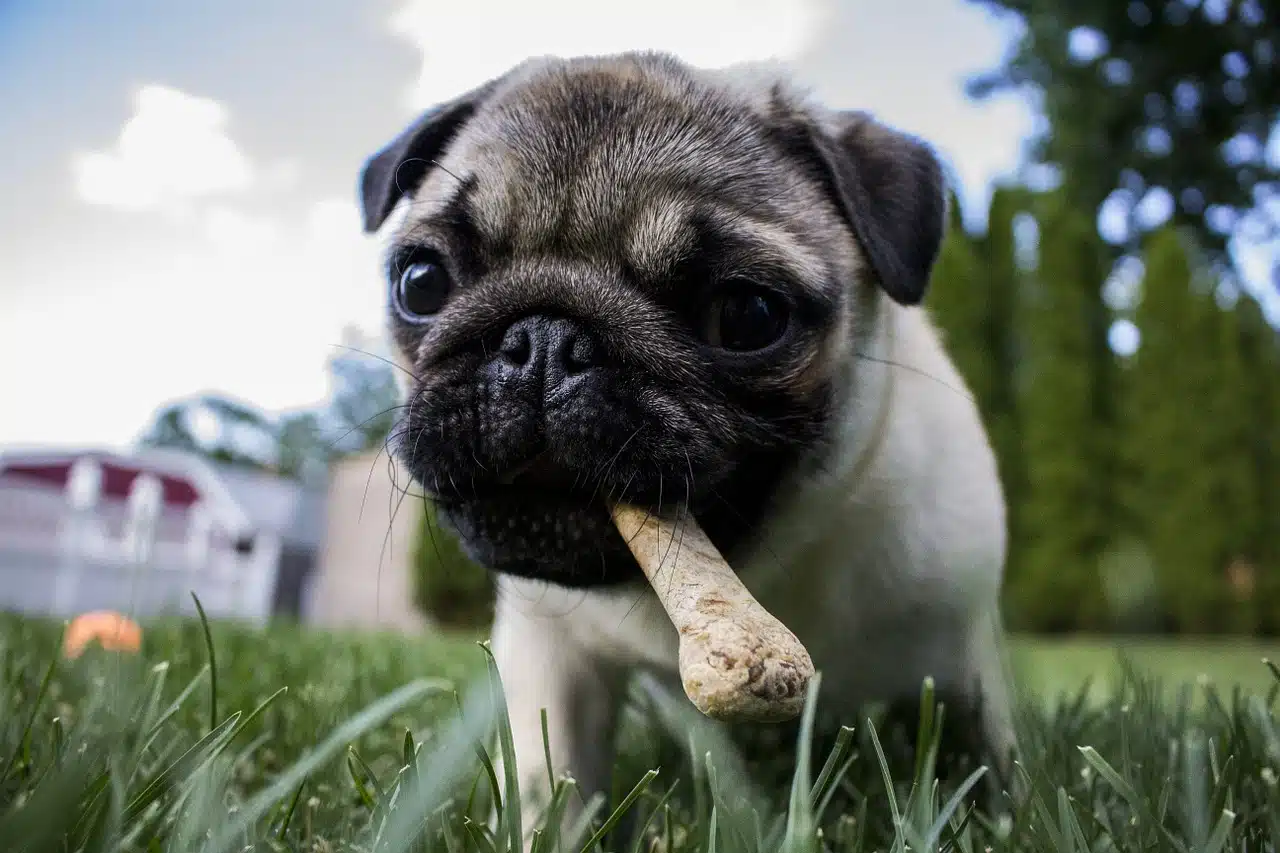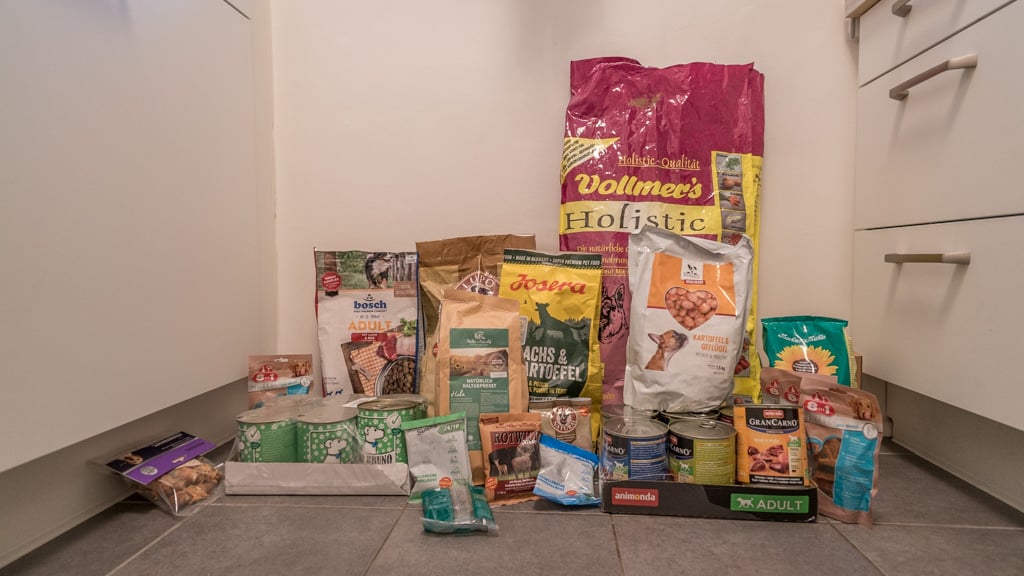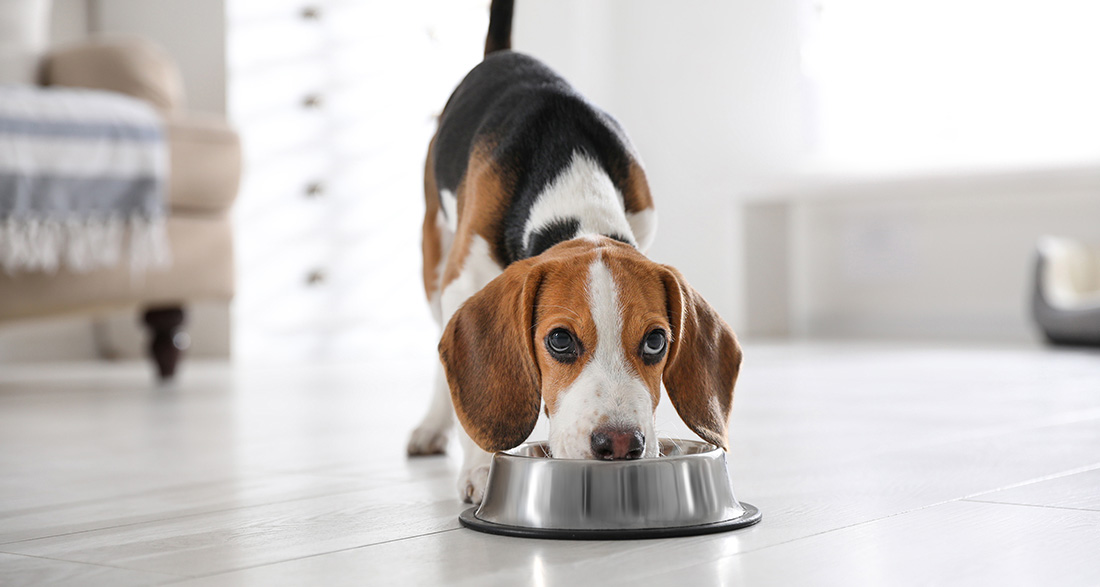Small dogs have different dietary needs compared to medium or large dogs. A small dog is very agile and has a high level of energy. They also get cold more easily. The optimal energy intake for them comes from the right food.
Our Top Picks
[table id=9 cache_table_output=false /]
Who is this test for?

Our “Dog Food for Small Dogs” test is suitable for all dog owners who have a small dog and are looking for suitable dog food.
After all, small dogs have different energy and nutrient requirements than large dogs. To ensure your small dog gets the right food, we’ve put together this test and provide the winner, the best value for money, and all sorts of information about dog food for small dogs.
For more information, check out our comprehensive dog food test.
Which dog breeds are considered small dogs?

Dog breeds are divided into four categories: Small dog breeds, medium-sized dog breeds, large dog breeds, and giants. There are countless sub-breeds in each category.
Before choosing a dog, you should select one according to your own preferences. For example, a small dog fits better in an apartment than a large dog. Small dogs are very popular today. Some small dog breeds include:
- Beagle
- Miniature Poodle
- Yorkshire Terrier
- Bolonka Zwetna
- Shih Tzu
- German Hunting Dog
- Chihuahua
- Pomeranian
- French Bulldog
- Pug
- Bichon Frise
That was just a small selection. For more information and breed profiles, check out our list of small dog breeds.
A small dog typically weighs up to 10kg and reaches a maximum height of 40cm when fully grown.
Did you know?
The Chihuahua is the smallest dog breed among small dogs. It weighs just up to 3kg and reaches a maximum height of 20cm.
The largest dog in the small dog breed is the Staffordshire Bull Terrier. It can weigh up to 17kg and reach a height of up to 35cm.
Advantages of small dogs
There are countless advantages to having a small dog. A small dog requires much less space. Even the dog bed is much smaller. Long walks are hardly possible with a small dog. Moreover, small dogs, especially, shed very little hair, some even none at all.
Another point in favor of a small dog is the low maintenance. A small dog usually only needs brushing or vacuuming. The grooming time is about 30 minutes daily.
Almost all small dogs are ideal for a household with children. Ideally, the dog should be in the household from puppyhood. This way, the child and the dog can grow up together and build a close bond.
The Right Dog Food for Small Dogs

Every dog has individual dietary requirements. Small dogs have an increased energy demand that needs to be considered when purchasing food. A small dog loses heat very quickly and is unable to retain heat well. Therefore, food needs to be converted into energy to maintain warmth.
Additionally, small dogs have a very high level of activity. They are on their feet all day, which puts a lot of strain on their muscles and consumes a lot of energy. However, due to the high energy supply, attention must also be paid to the addition of minerals.
Generally, food types with a high energy content also contain a high amount of calcium and phosphorus. This needs to be reduced to prevent over-supplementation.
Feeding Times for a Small Dog
You should feed your small dog at least one hour before going for a walk. This is better for their sensitive stomach.
Also, make sure not to give the daily ration all at once but rather distribute it into several small meals.
What Should Be in Food for Small Dogs?

Special dog food for small dogs should contain much more high-quality proteins than conventional food. You should also ensure there is an appropriate amount of fats and carbohydrates.
A good combination will optimally meet your dog’s energy needs. Always make sure that the food chunks are not too large. However, small dogs should not have the opportunity to swallow the food whole.


